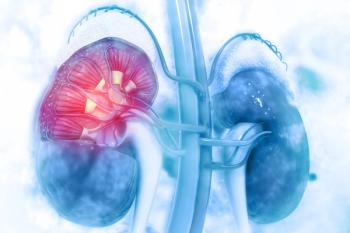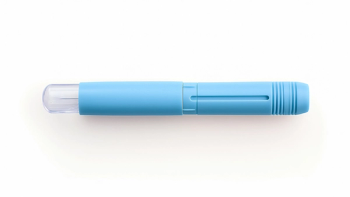
PRA Expands Operations in Europe
Located in the thriving city of Utrecht, NL, this new Dutch facility will host 20+ employees and is the first PRA office in that region to primarily support Product Registration trials. Staff from our three other NL locations (Groningen, Zuidlaren, and Assen) support early development and lab studies.
Previously, our Product Registration staff members in The Netherlands were either home-based or shared facilities with our Mechelen, Belgium employees. “But to better share best practices among employees, we felt that it was now necessary to provide a permanent office for the increasing Dutch Product Registration team,” said PRA’s Frank van de Wijngaert, Vice President and General Partner.
Also this month, PRA’s 240+ employees in Reading, UK relocated to a larger, PRA-designed facility that offers additional room for increasing headcounts and provides modern facilities for client and project team meetings. The location also offers a first-class business park environment with excellent transportation links.
Since 2009, PRA has opened nine new offices in Europe, demonstrating our commitment to meeting our clients’ diverse needs in a dynamic clinical trials environment.
Newsletter
Stay current in clinical research with Applied Clinical Trials, providing expert insights, regulatory updates, and practical strategies for successful clinical trial design and execution.






.png)



.png)



.png)
.png)
